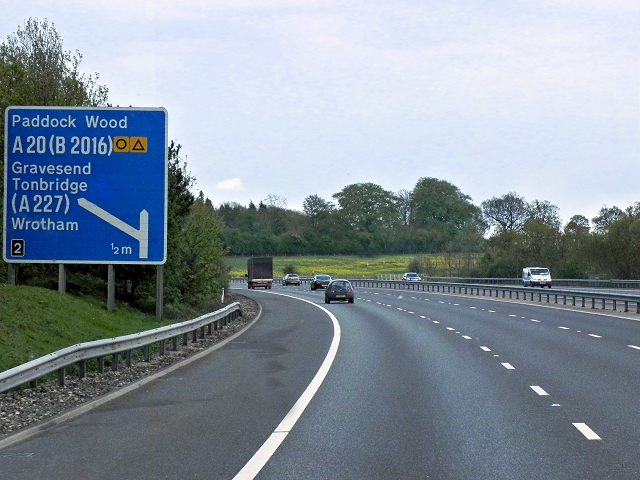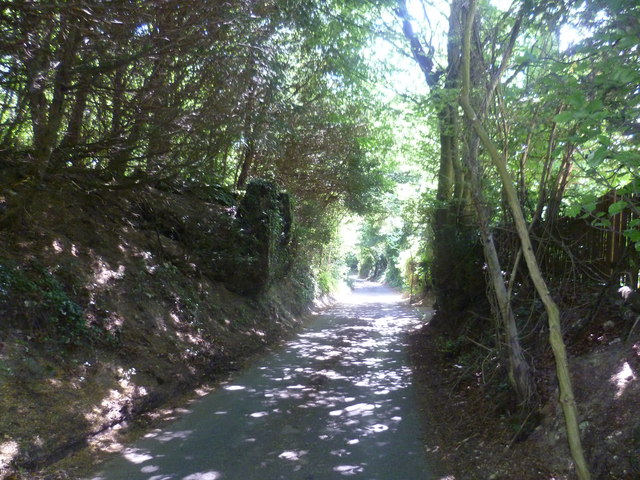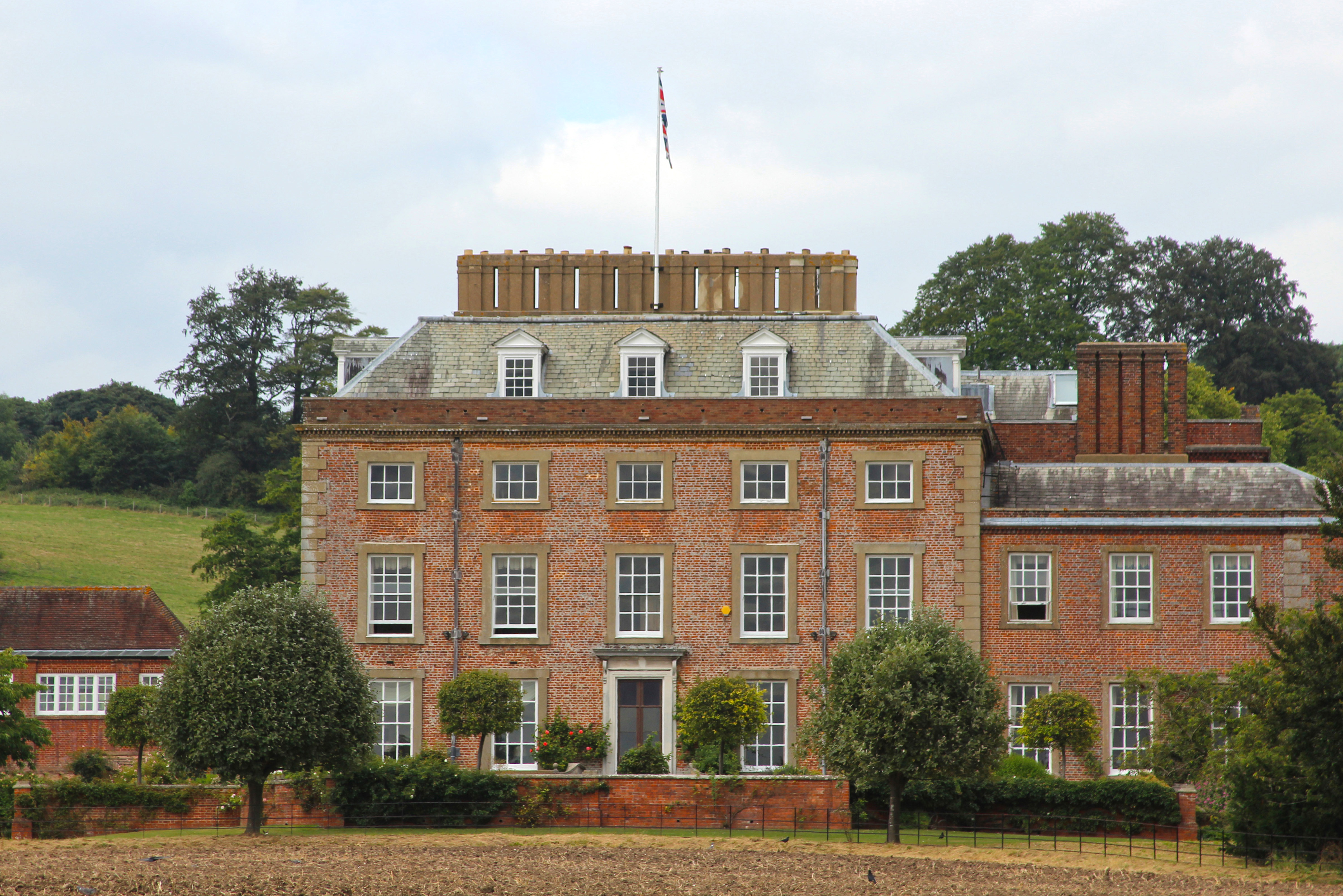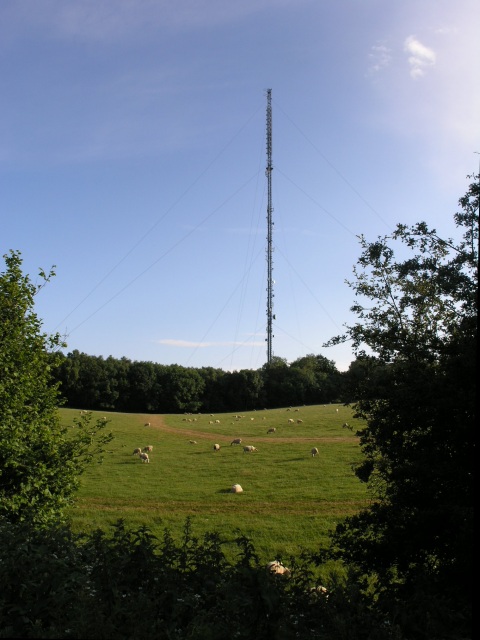The Wilderness
Wood, Forest in Kent Sevenoaks
England
The Wilderness

The Wilderness, located in Kent, is a vast and enchanting woodlands, often referred to as a forest due to its dense foliage and rich biodiversity. Covering an expansive area of approximately 1,000 acres, it is a haven for nature enthusiasts and those seeking tranquility amidst the beauty of the natural world.
The Wilderness is characterized by its diverse range of trees, including oak, beech, and chestnut, which create a dense canopy overhead. This provides a sheltered and secluded environment for an array of wildlife to thrive. Visitors may spot various species of birds, such as woodpeckers and owls, as well as deer, foxes, and squirrels darting amongst the trees.
Traversing The Wilderness, one can explore a network of walking trails and footpaths that wind through the woodlands, offering a chance to immerse oneself in nature's splendor. The paths are well-maintained, ensuring ease of access for walkers, joggers, and cyclists. Along these trails, visitors can stumble upon picturesque ponds and meandering streams, enhancing the overall serenity and charm of the area.
The Wilderness also boasts several picnic areas and designated camping spots, allowing visitors to fully immerse themselves in the beauty of the surroundings. Whether it's a leisurely stroll, a family picnic, or a camping adventure, The Wilderness offers an idyllic escape from the hustle and bustle of everyday life. Its lush greenery, peaceful ambiance, and abundant wildlife make it a truly enchanting destination for nature lovers of all ages.
If you have any feedback on the listing, please let us know in the comments section below.
The Wilderness Images
Images are sourced within 2km of 51.309737/0.25787066 or Grid Reference TQ5759. Thanks to Geograph Open Source API. All images are credited.






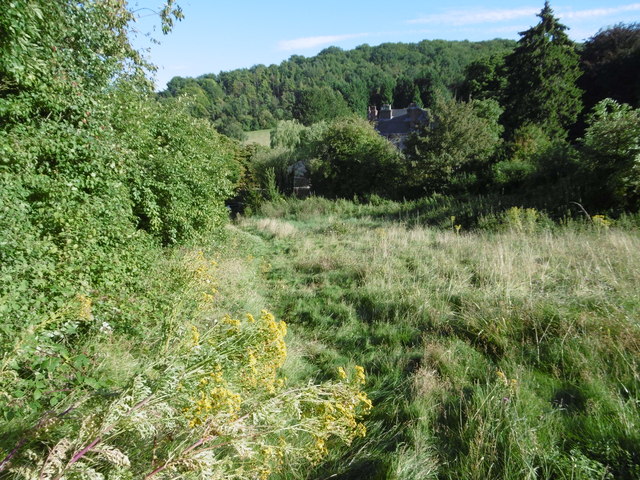



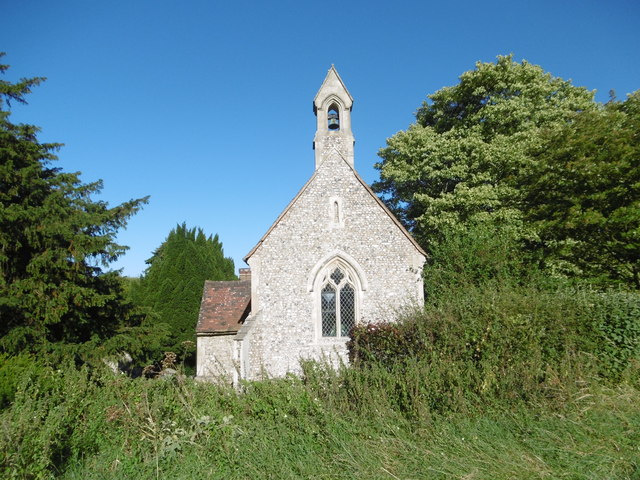
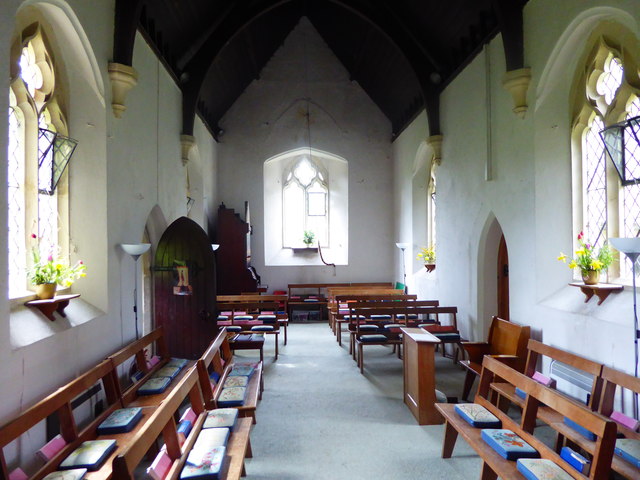
The Wilderness is located at Grid Ref: TQ5759 (Lat: 51.309737, Lng: 0.25787066)
Administrative County: Kent
District: Sevenoaks
Police Authority: Kent
What 3 Words
///demand.slope.daily. Near Kemsing, Kent
Nearby Locations
Related Wikis
St Clere, Kent
St Clere is a Grade I listed 17th-century country house in Kemsing, Kent, England. The house is built in brick in three storeys plus basement and attic...
Heaverham
Heaverham is a hamlet in the Sevenoaks district, in the county of Kent, England. Nearby is the country estate of St Clere. == Location == It is located...
Kemsing railway station
Kemsing railway station serves Kemsing in Kent, England, although the station is located on the other side of the M26 motorway to the village. It is 26...
Kemsing
Kemsing is a village and civil parish in the Sevenoaks district of Kent, England. The parish lies on the scarp face of the North Downs, 20 miles south...
Wrotham transmitting station
The Wrotham transmitting station is located on the North Downs, close to the village of Wrotham in Kent, England and just north of the M20 motorway. Its...
Kemsing Down
Kemsing Down is a 16-hectare (40-acre) nature reserve north of Sevenoaks in Kent. It is managed by the Kent Wildlife Trust. It is in the Kent Downs Area...
Knatts Valley
Knatts Valley is a hamlet situated in the West Kingsdown civil parish in the county of Kent, England. It was originally a rural community consisting mainly...
Oldbury rock shelters
The Oldbury rock shelters are a complex of Middle Palaeolithic sites situated on the slopes of Oldbury hillfort near Ightham in the English county of Kent...
Nearby Amenities
Located within 500m of 51.309737,0.25787066Have you been to The Wilderness?
Leave your review of The Wilderness below (or comments, questions and feedback).

